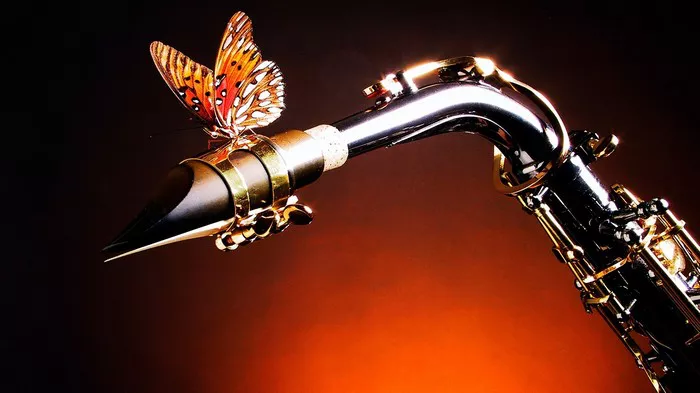The saxophone, a brass instrument invented by Adolphe Sax in the 1840s, has become an integral part of various musical genres. From jazz and classical to rock and pop, the saxophone’s distinctive sound has left an indelible mark on the world of music. As we explore the saxophone family, one may wonder: which saxophone is the most commonly used? In this comprehensive guide, we delve into the nuances of the saxophone family and shed light on the saxophone that claims the title of being the most widely employed.
1. The Saxophone Family: A Diverse Ensemble
The saxophone family comprises several members, each with a unique size, range, and timbre. The most commonly used saxophones belong to the saxophone quartet: soprano, alto, tenor, and baritone. These instruments cover a wide spectrum of pitches, allowing for a rich and versatile sonic palette when played together.
See Also: Demystifying the Saxophone: Why is it in a Different Key?
2. Soprano Saxophone: The Bright and High-Pitched Voice
The soprano saxophone, the smallest in the saxophone family, is known for its bright and high-pitched sound. While less common in some genres, the soprano saxophone finds its place in various musical settings, particularly in jazz and classical music. Notable jazz saxophonist John Coltrane, for instance, occasionally showcased the soprano saxophone’s agility and piercing tone in his performances.
3. Alto Saxophone: The Middle Ground
The alto saxophone is arguably the most popular and commonly used saxophone across different musical genres. Its medium size and range make it accessible to beginners and professionals alike. In jazz, the alto saxophone often takes the lead role in improvisational solos, adding a distinctive voice to the ensemble. In classical music, the alto saxophone is frequently featured in solo and ensemble settings, contributing to its widespread use.
4. Tenor Saxophone: The Iconic Jazz Voice
The tenor saxophone, with its deeper and richer tones, has become an iconic voice in the world of jazz. Renowned jazz saxophonists like Sonny Rollins and Stan Getz have elevated the tenor saxophone to a status of prominence in improvisational jazz solos. Its versatile and expressive qualities also make it a popular choice in rock and pop music, where the tenor saxophone often takes on both melodic and harmonic roles.
5. Baritone Saxophone: The Bass Foundation
The baritone saxophone, the largest and lowest-pitched member of the saxophone family, serves as the foundation of the saxophone section. Its deep, resonant tones provide a robust and grounding presence, particularly in big bands and jazz ensembles. While less common as a solo instrument, the baritone saxophone plays a crucial role in adding depth and richness to the overall saxophone sound.
6. The Alto Saxophone’s Dominance: A Common Choice Across Genres
When considering the most commonly used saxophone, the alto saxophone emerges as the dominant and versatile choice across a wide range of musical genres. Its accessibility, expressive capabilities, and balanced tonal characteristics contribute to its popularity among musicians. In addition to its prevalence in jazz and classical settings, the alto saxophone is a common sight in popular music, funk, and even contemporary genres, making it a go-to instrument for many saxophonists.
7. Accessibility and Learning Curve: Factors in the Alto’s Favor
The alto saxophone’s popularity is further bolstered by its accessibility for beginners. Its size and weight make it manageable for younger players, and its moderate range allows novice musicians to grasp fundamental techniques without the challenges posed by the extreme pitches of the soprano or the lower range of the tenor and baritone. The ease with which aspiring saxophonists can start their musical journey on the alto saxophone contributes to its widespread use.
8. Expressive Range: From Sweet Melodies to Fiery Solos
One of the reasons the alto saxophone is commonly chosen for solo performances is its expressive range. It can effortlessly switch between sweet, lyrical melodies and fiery, virtuosic solos. Musicians appreciate the alto saxophone for its ability to convey a wide range of emotions, making it suitable for various musical genres and settings.
Conclusion: The Alto Saxophone’s Ubiquitous Presence
In conclusion, while each member of the saxophone family has its unique characteristics and contributions, the alto saxophone stands out as the most commonly used saxophone across diverse musical genres. Its accessibility, expressive versatility, and balanced tonal qualities make it a preferred choice for musicians of all levels. Whether weaving through jazz improvisations, delivering soulful melodies in classical compositions, or adding a touch of flair to popular music, the alto saxophone continues to be a steadfast and ubiquitous presence in the world of music.


